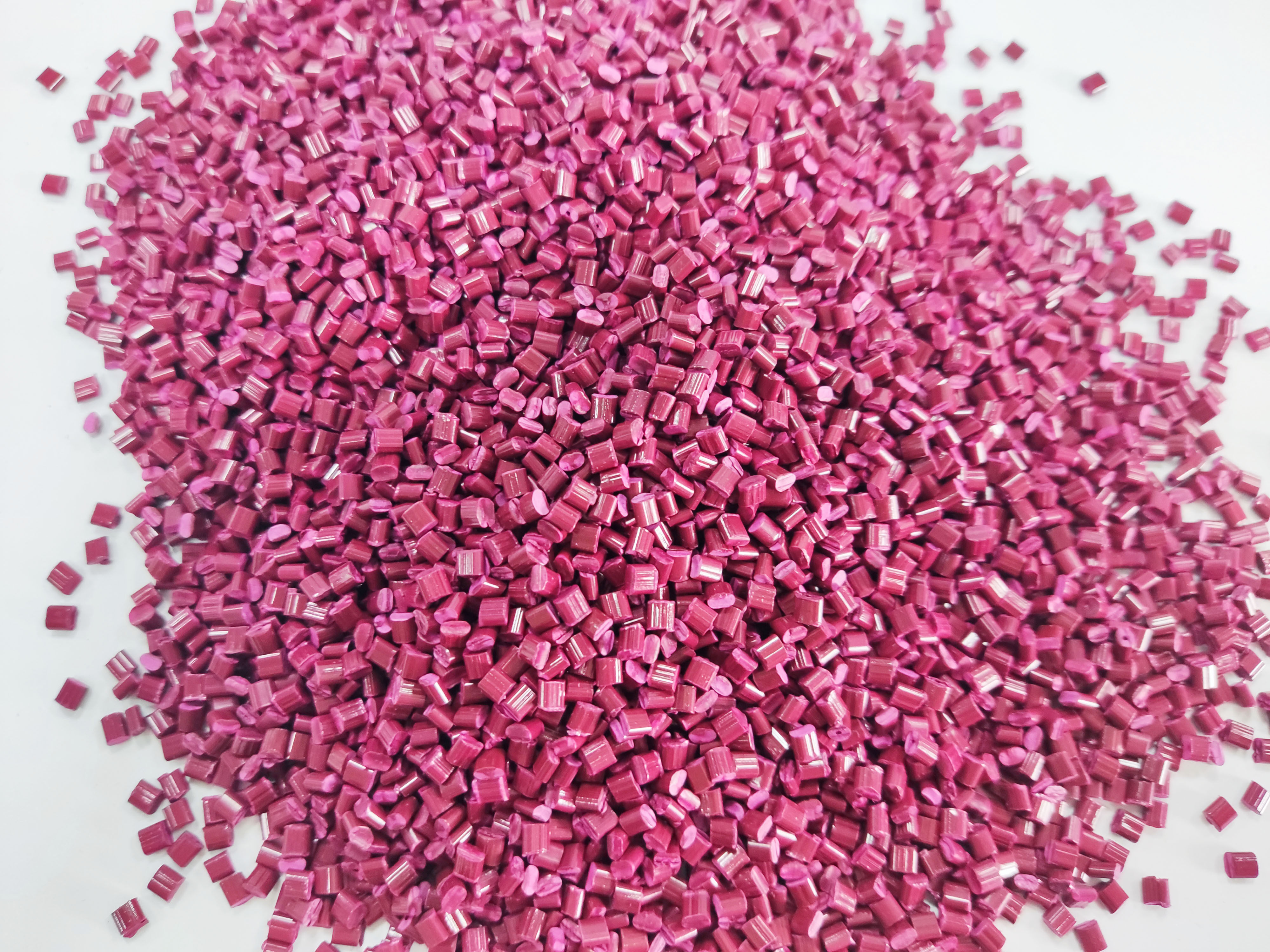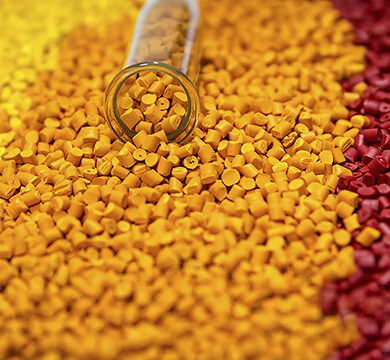Ошибка формата электронной почты
emailCannotEmpty
emailDoesExist
pwdLetterLimtTip
inconsistentPwd
pwdLetterLimtTip
inconsistentPwd

Offer Technical Support and Customized Solutions
The company is committed to creating new and improved plastic materials to meet the evolving demands of the market.

Do you know that 3D printing also uses plastic pellets?
With the continuous development of 3D printing technology, people's demand for material diversity and cost efficiency is also increasing. In addition to traditional filaments, plastic pellets have gradually become one of the important materials for 3D printing, bringing more possibilities to the application scenarios of 3D printing. This article will explore the role, advantages and practical applications of plastic pellets in 3D printing.
1. Application of plastic pellets
(1) Direct pellet extrusion printing
In industrial-grade 3D printing, plastic pellets can be directly used in pellet extrusion 3D printers. This technology heats and melts plastic pellets and extrude them layer by layer to form the desired printed object.
Applicable materials: PLA, ABS, PETG, TPU, nylon and other pellets.
Advantages:
Low cost: Compared with filaments, pellets are cheaper, especially in large-scale printing, which can greatly save costs.
Fast printing speed: The speed of pellet melting and extrusion is faster than that of filament feeding, which is suitable for large-scale printing projects.
Wide range of material selection: There are a variety of materials in pellet form to meet different application requirements.
(2) Used to produce printing filaments
Plastic granules are also the basic raw materials for manufacturing 3D printing filaments. Through extrusion and cooling processes, filaments of various specifications are made for desktop printers.
Common materials: PLA granules are used for biodegradable filaments; TPU granules are used for flexible filaments; PC granules are used for high-strength, high-temperature filaments.
2. Advantages of plastic granules in 3D printing
Economic and efficient
The production process of plastic granules is mature and the cost is low, making it a very cost-effective material choice in 3D printing. Especially for mass production and printing of large objects, the cost advantage of granular materials is very significant.
Reducing waste
Directly using granules for printing can reduce waste in the process of converting raw materials into filaments. In addition, waste plastic products can be recycled into granules and used again for 3D printing, realizing the recycling of materials.
Supporting large-scale printing
Particle extrusion printing can support the production of large-scale parts, such as architectural molds, furniture components and industrial equipment parts. Traditional filament printing does not have advantages in cost and efficiency when facing large-scale printing, while granules can make up for this deficiency.
3. Practical Application Cases
Architecture and Furniture Design
In the construction industry, large-scale 3D printers use PLA or PETG particles to print complex building components, such as concrete molds or decorative panels. At the same time, in furniture manufacturing, particle printers can directly produce customized parts such as tables, chairs or lampshades.
Industrial Prototyping
Plastic particles are suitable for printing high-strength industrial prototypes. For example, nylon (PA) particles are widely used to print gears and mechanical parts, while polycarbonate (PC) particles are used to make heat-resistant engineering parts.
Environmentally friendly printing
Biodegradable materials represented by PLA particles are used to print environmentally friendly products, such as educational models, packaging materials, etc., while supporting the recycling and reuse of waste particles to promote sustainable development.
4. Challenges and Future Development
Although plastic particles have shown many advantages in 3D printing, they also face some challenges, such as the high equipment cost of particle printers and complex process control. With the advancement of technology, these problems will be gradually overcome. In addition, more degradable and high-performance plastic particles will be developed in the future, bringing more possibilities for 3D printing.
Conclusion
Plastic particles not only reduce costs in 3D printing, but also expand the range of material selection and application. Whether in direct extrusion printing or filament production, plastic particles have shown irreplaceable importance. With the continuous advancement of technology, plastic particles will play an increasingly important role in the 3D printing industry and create more value for industry and daily life.

